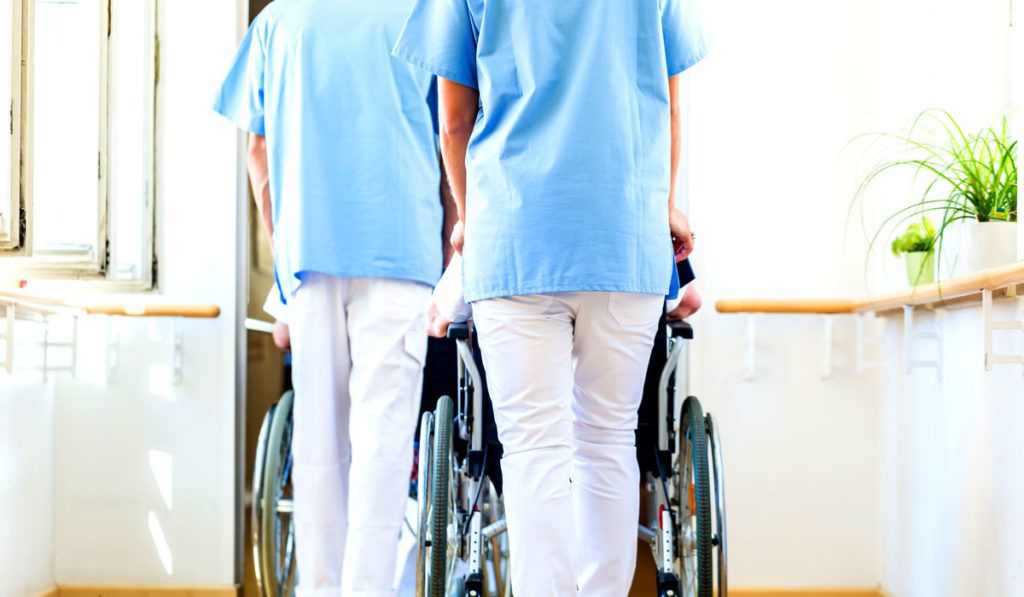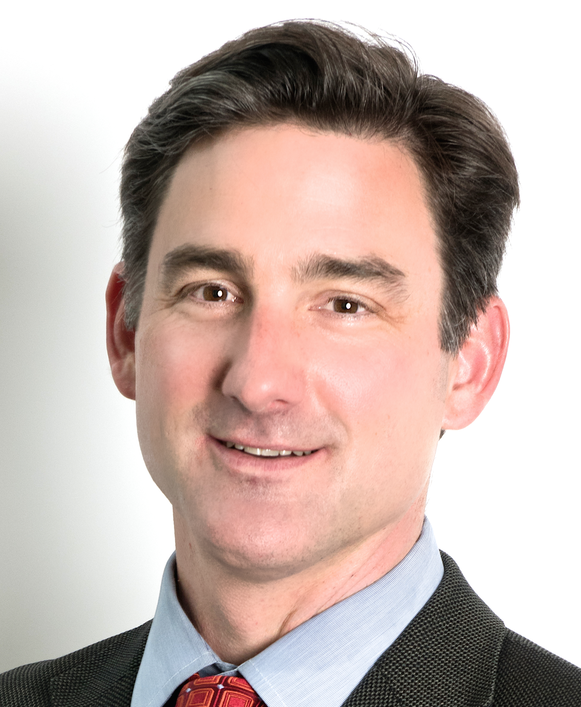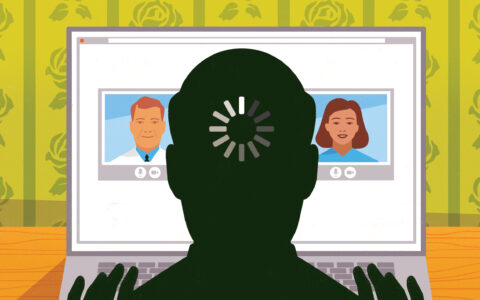A new study published in Health Affairs paints a clear picture of the staffing levels of nurses and direct care staff at nursing homes, using a new Centers for Medicare Services (CMS) data resource, the Payroll-Based Journal (PBJ). CMS has been collecting data from nursing homes since 2016 to meet Affordable Care Act requirements, and PBJ data has been used in the federal Five-Star Quality Rating System for Nursing Homes since April 2018.
The study shows U.S. nursing homes experience large daily staffing fluctuations, low weekend staffing and daily staffing levels that often fall well below CMS expectations, all of which can increase the risk of adverse events for residents.
“Anyone who has ever set foot in a nursing home knows how important it is to have sufficient staffing, something the research literature has affirmed again and again.”
“Staffing in the nursing home is one of the most tangible and important elements to ensure high quality care,” said study co-author David Stevenson, Ph.D., professor of health policy at Vanderbilt University Medical Center. “Anyone who has ever set foot in a nursing home knows how important it is to have sufficient staffing, something the research literature has affirmed again and again. As soon as these new data became available, researchers and journalists started investigating them, and the government now uses the PBJ data in its quality rating system.”
Actual vs. Expected Staffing Levels
Medicare has no minimum staff-to-resident ratio standard for nursing homes, and the only staffing requirements are that a registered nurse (R.N.) must be present for eight hours a day, or the equivalent of one shift, and an R.N. or licensed practical nurse (L.P.N.) must be present at all times.
As part of its quality rating system, CMS compares nursing homes’ actual staffing to expected levels based on the acuity of residents in the facility. Using PBJ data from more than 15,000 nursing homes, Stevenson and colleagues discovered that most facilities (54 percent) met the expected level of staffing less than 20 percent of the time during the one-year study period. For R.N. staffing, 91 percent of facilities met the expected staffing level less than 60 percent of the time.
The research team, which included Harvard University colleagues David Grabowski, Ph.D., professor of health care policy, and lead author Fangli Geng, a health policy Ph.D. student, also looked at day-to-day staffing fluctuations over the one-year period. The findings were troubling, Stevenson said.
Relative to weekday staffing, the PBJ data showed a large drop in weekend staffing in every category. On average, weekend staffing time per resident day was just 17 minutes for R.N.s, nine minutes for L.P.N.s and 12 minutes for nurse aides.
Implications of PBJ Data
Unlike previous staffing data that was self-reported by facilities and covered only a narrow window of time around a facility’s annual recertification survey, PBJ data is linked to daily payroll information for several staff categories and covers the entire year. This distinction is critical, the researchers wrote, because older data were “subject to reporting bias” and “rarely audited to ensure accuracy.”
“These new staffing data also offer tools for regulators and other oversight agencies to monitor what nursing homes are doing day in and day out.”
The investigators are hopeful future research will be highlight the implications of staffing fluctuations on residents’ well-being. Further, Grabowski noted, “these new staffing data also offer tools for regulators and other oversight agencies to monitor what nursing homes are doing day in and day out.”
Staffing information for all Medicare- and Medicaid-certified nursing homes is available on CMS’s Nursing Home Compare website, as well as a wealth of other information searchable by city and facility, such as inspection reports and other quality measures.
“Hopefully, the general public will gain a broader awareness of the information that is available, not only on staffing but on other aspects of nursing home care,” Stevenson said. “The only way nursing homes will change their behavior is if there is value in doing so. Some of that can come through the pressure of regulators, but it also needs to come from incentives in the marketplace, notably from expectations of current and future residents and their families.”




